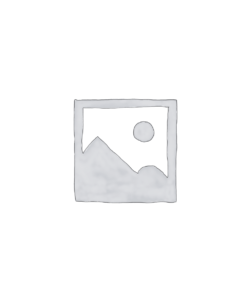The Essential Guide to Liposuction Cannulas and Accessories
Liposuction, a cornerstone of cosmetic surgery, relies on a sophisticated set of tools to achieve optimal results in body contouring. Central to this procedure are liposuction cannulas, specialized hollow tubes designed for the precise removal of subcutaneous fat. These instruments, coupled with a range of essential accessories, allow surgeons to sculpt and refine various areas of the body with increasing precision and safety.
Understanding Liposuction Cannulas: The Surgeon’s Sculpting Tool
A liposuction cannula is a stainless steel tube inserted through a small incision in the skin to access and aspirate adipose tissue. The design of a cannula is critical to the effectiveness, safety, and overall outcome of the liposuction procedure. Key characteristics that differentiate cannulas include their diameter, length, tip design, and the configuration of their aspiration ports.
Types of Liposuction Cannulas:
Liposuction cannulas can be broadly categorized based on their size and primary function:
- Micro Cannulas: With a diameter of less than 3mm, these are ideal for delicate work on areas like the face, neck, and ankles, or for superficial liposuction to achieve a more refined contour.
- Macro Cannulas: Ranging from 3mm to 6mm in diameter, these are used for removing larger volumes of fat from areas such as the abdomen, thighs, and back.
Cannulas are also classified by their intended use in the surgical process:
- Infiltration Cannulas: These are used to introduce tumescent fluid (a solution of saline, lidocaine, and epinephrine) into the treatment area. This fluid helps to numb the area, constrict blood vessels to minimize bleeding, and make the fat easier to remove.
- Aspiration (or Suction) Cannulas: These are the primary tools for fat removal. They are connected to a suction device to aspirate the emulsified fat.
- Injection Cannulas: In fat grafting procedures, these cannulas are used to reinject the harvested fat into other areas of the body for augmentation.
The Importance of Tip Design:
The tip of the cannula plays a crucial role in how it interacts with the surrounding tissue. Different tip designs are suited for various types of fat and treatment areas:


